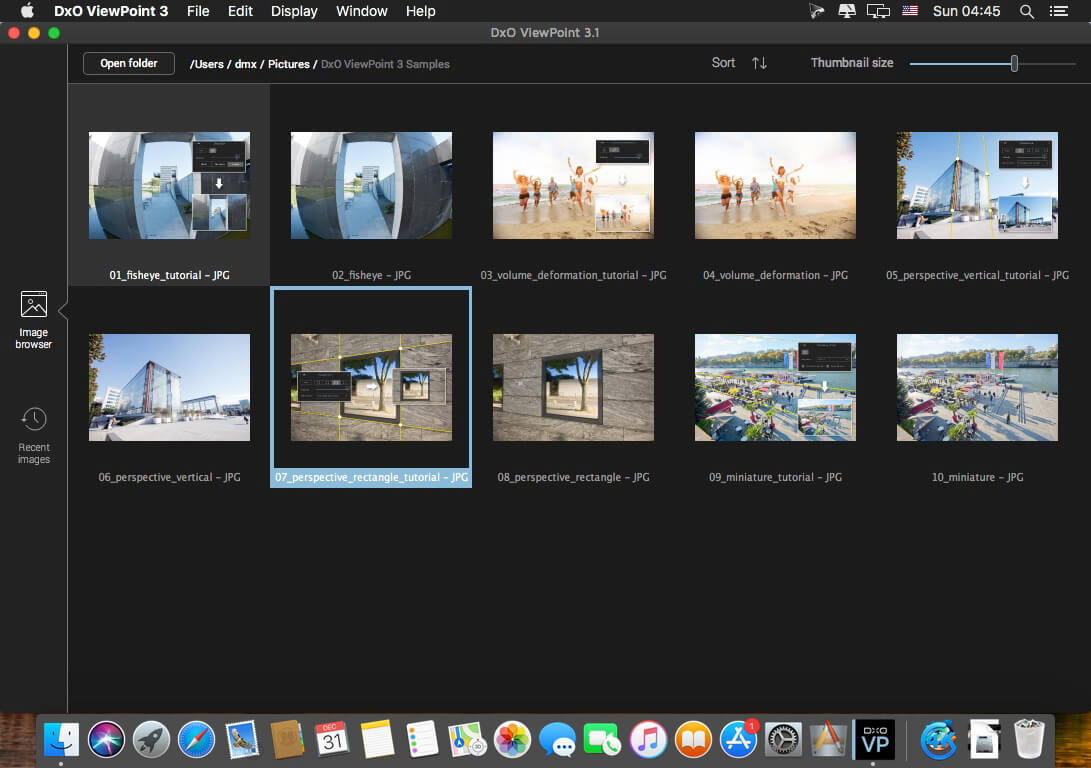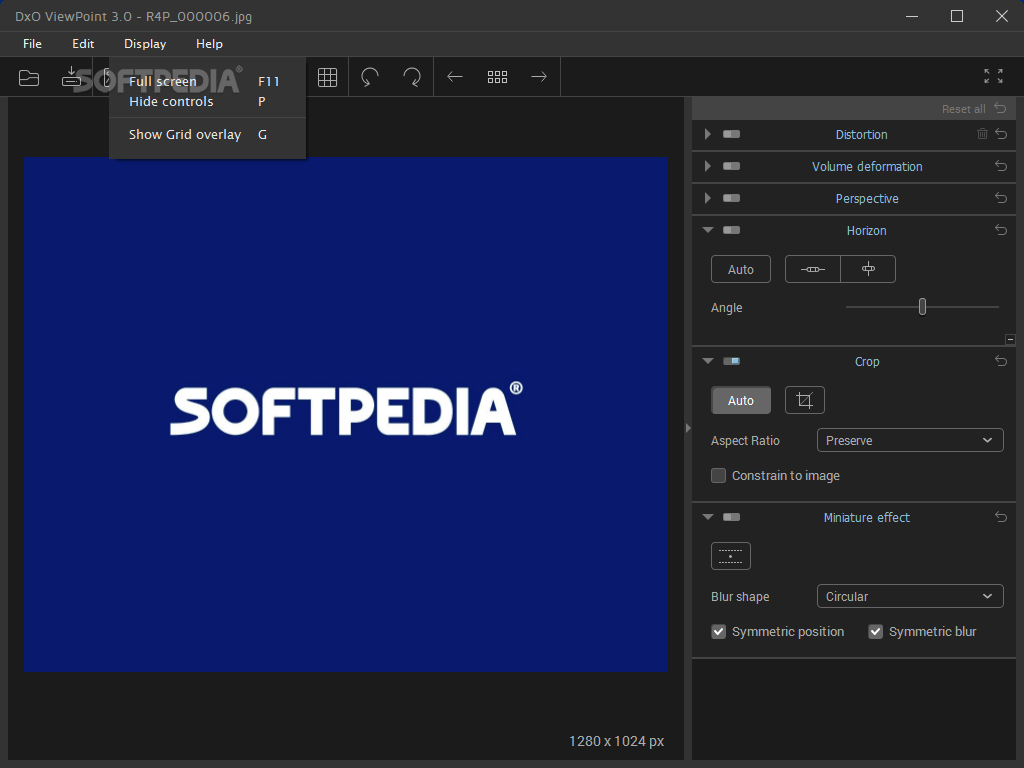

this could also just be bad eyes, of course 🙂 3. In my camera my viewfinder seems to have a slight tilt. Compose your photograph in live view opposed to using the viewfinder. It is especially important to have your camera aligned properly when making the photo. There are a LOT of vertical lines in kitchens - mostly from cabinetry, windows, counters, etc. I have found that these tips especially apply to kitchens. Lightroom's auto feature works pretty well to correct any slight mistakes you made during the photo shoot.Ī few more tips I would also add: 1. Doing these three things usually yields great results with minimum time in post trying to straighten them. I also try to keep my lens focal length between 20-24mm if possible to avoid too much distortion. If it is pointed slightly up or down - or tilted left or right, you will not get very good results and will have to spend a little more time editing in post. I always start by trying to have my camera anywhere from 4.5 - 5.5 feet high and pointed straight on to my composition. Looking forward to other comments on DXO.First and foremost, I would say it starts with the positioning of the camera.
#Ptlens vs dxo viewpoint license
I have the License for the DXO, however I feel more confident in useing my Canon sofware. Processing tool that dose correct image distortion via it's modules, but the image still needs working on within It seems to me that DXO offers the wow effect within it's own program, outside of this it is just another image

#Ptlens vs dxo viewpoint pro
I have A-B tested images from my Canon Professional One and the DXO, my conclusion is that the DXO doseĬorrect lens distortion but that is all, the Canon Pro One offers a sharper image and with some work you can correct Photoshop or any other program the image loses it's sharp and wonderful look that it has in the DXO program. Sharpness, it all looks so wonderful within the DXO program, however when viewing the DXO processed image in The lens correction modules work fine and seem to do as advertised, the only area that I can fault is the image I have over a 6 month period have tested and tried DXO from version 5.0 up to the latest 5.3. WITHIN DxO but rather with a third party's program. I suggest anyone considering DxO NOT compare the before and after photos That I see that DxO was making itself look good by trying to make my original photos look I have not used DxO extensively (I intend to) with my new Nikon 18mm-200mm as well as

Lightbox looked as good as the output from DxO. In fact, the original untouched photo was not at all blurry. The before photo was not as bad as DxO led me toīelieve. I took the original photo (untouched) and the output of DxO andĪlso the output of adjusting the photo in Lightroom, and I brougth them all into iView The before photos looked blurry in comparison. The after photos not only had very good exposure correction (I'll give DxO that) but Program, not on their web site) the before and after photos just looked too good to be I have just started to play with DxO, but here's something I noticed. If Canon has to develop such a 24-105, it will be at least 3-4 times more expensive. DxO corrects all the defects and turns this lens from a good one into a great one. The reason is simple: I take 70% of my travel photos using 24-105 beacause of its range and IS.
#Ptlens vs dxo viewpoint upgrade
it appears that new lens modules are FOC but their speed of producing new modules is slow, and these modules are only supported in new version (I have to upgrade from V3.5 to V4).

it only supports certain lenses and is useful only if your lens collection is close to what they offerĤ. its RAW conversion is not as good as ARC besides lens defect correctionģ. not cheap for 5D or what they call professional bodiesĢ. Unfortunately I am not a strong PS guy and I cannot clear all purple fringing in PS for my 24-105. I believe you can fix them manually in PS also. I have the Canon 24-105/f4 that is famous for vignetting, barrel distortion, less sharp at edge, purple fringing, spherical distortion at wide end etc. The strong point is DxO fixes lens defects automatically.


 0 kommentar(er)
0 kommentar(er)
